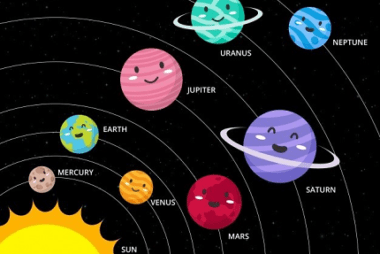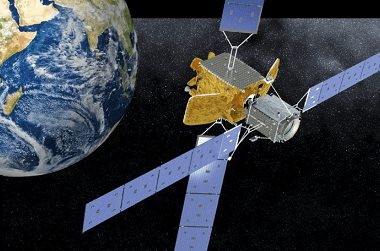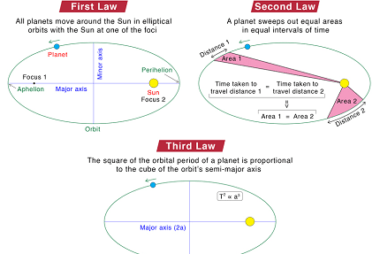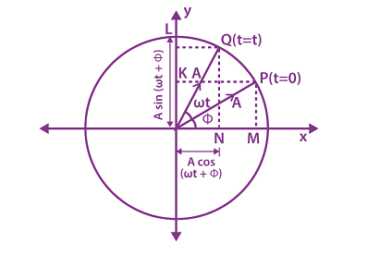Motion of planets
The motion of planets can be explained by Kepler’s laws of planetary motion, which were derived by the German astronomer Johannes Kepler in the early 17th century based on observations made by the Danish astronomer Tycho Brahe. Kepler’s first law states that the orbit of a planet is an ellipse with the sun at one…









